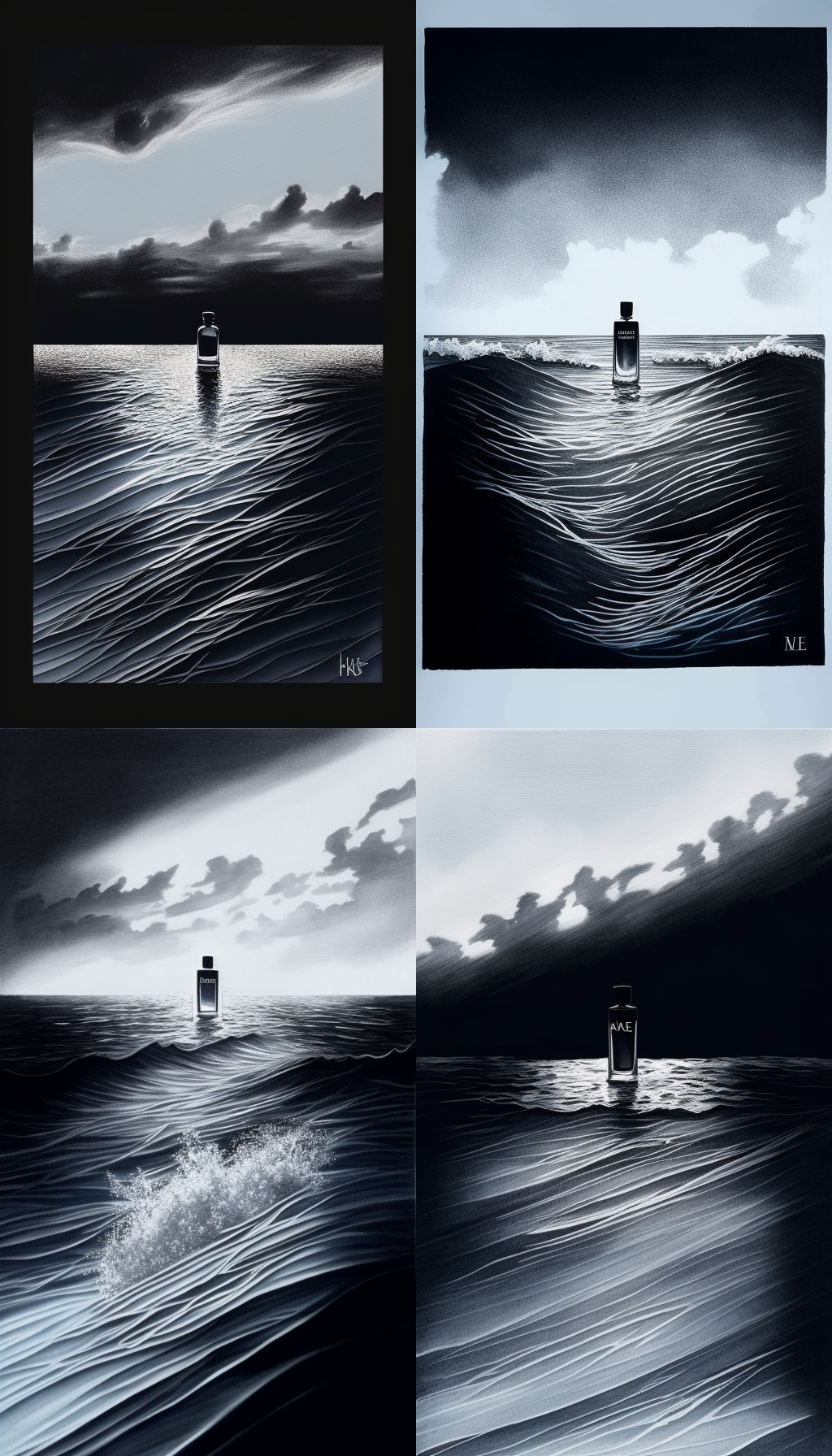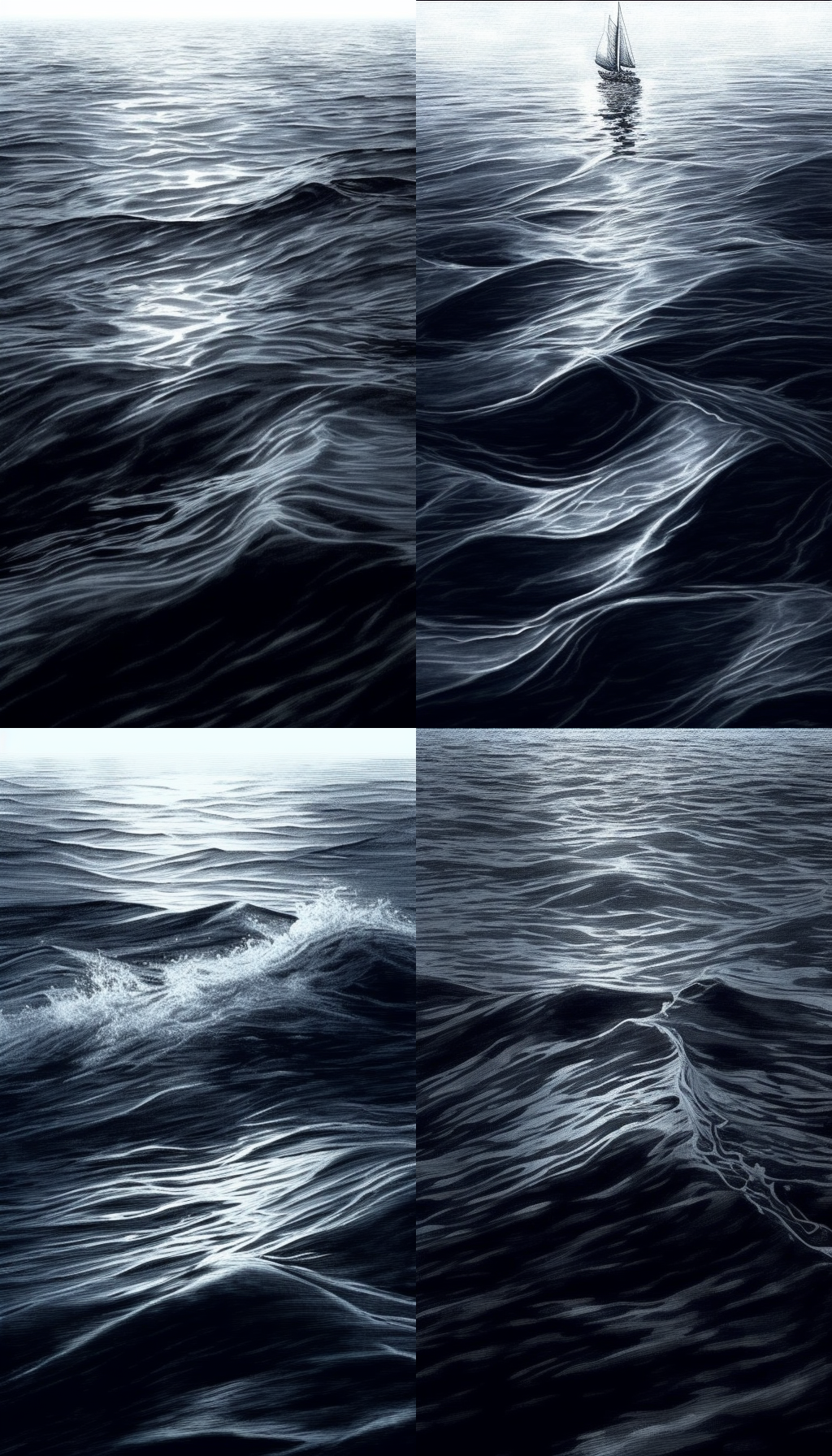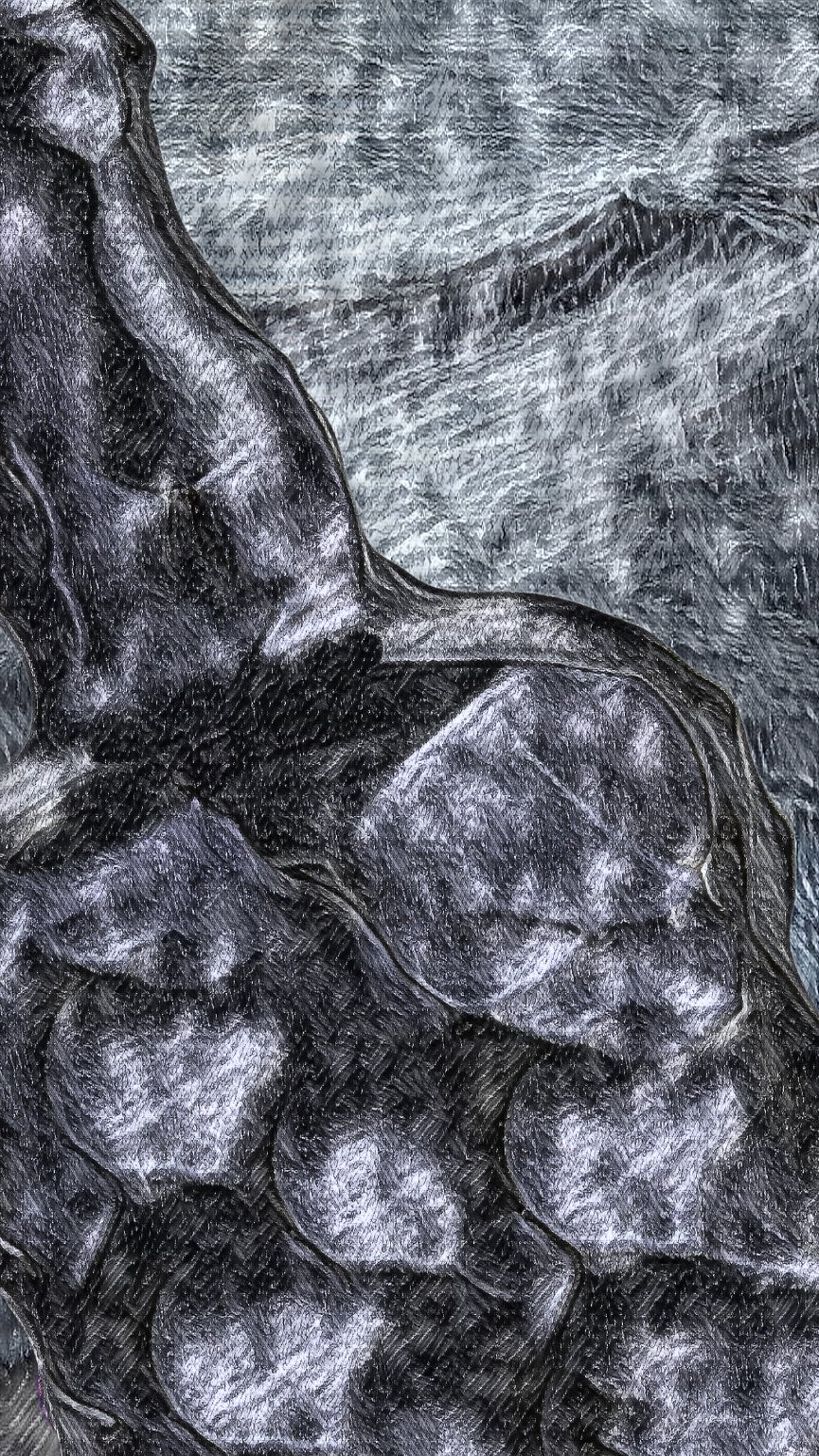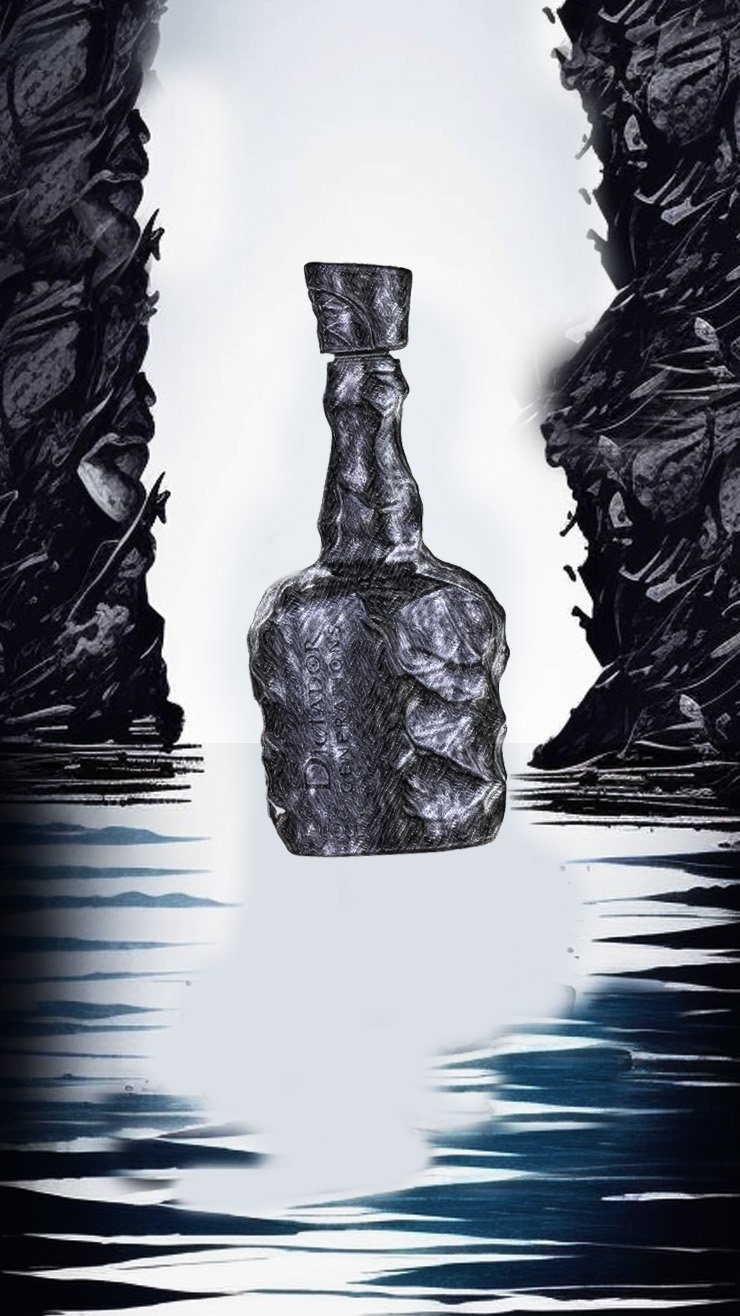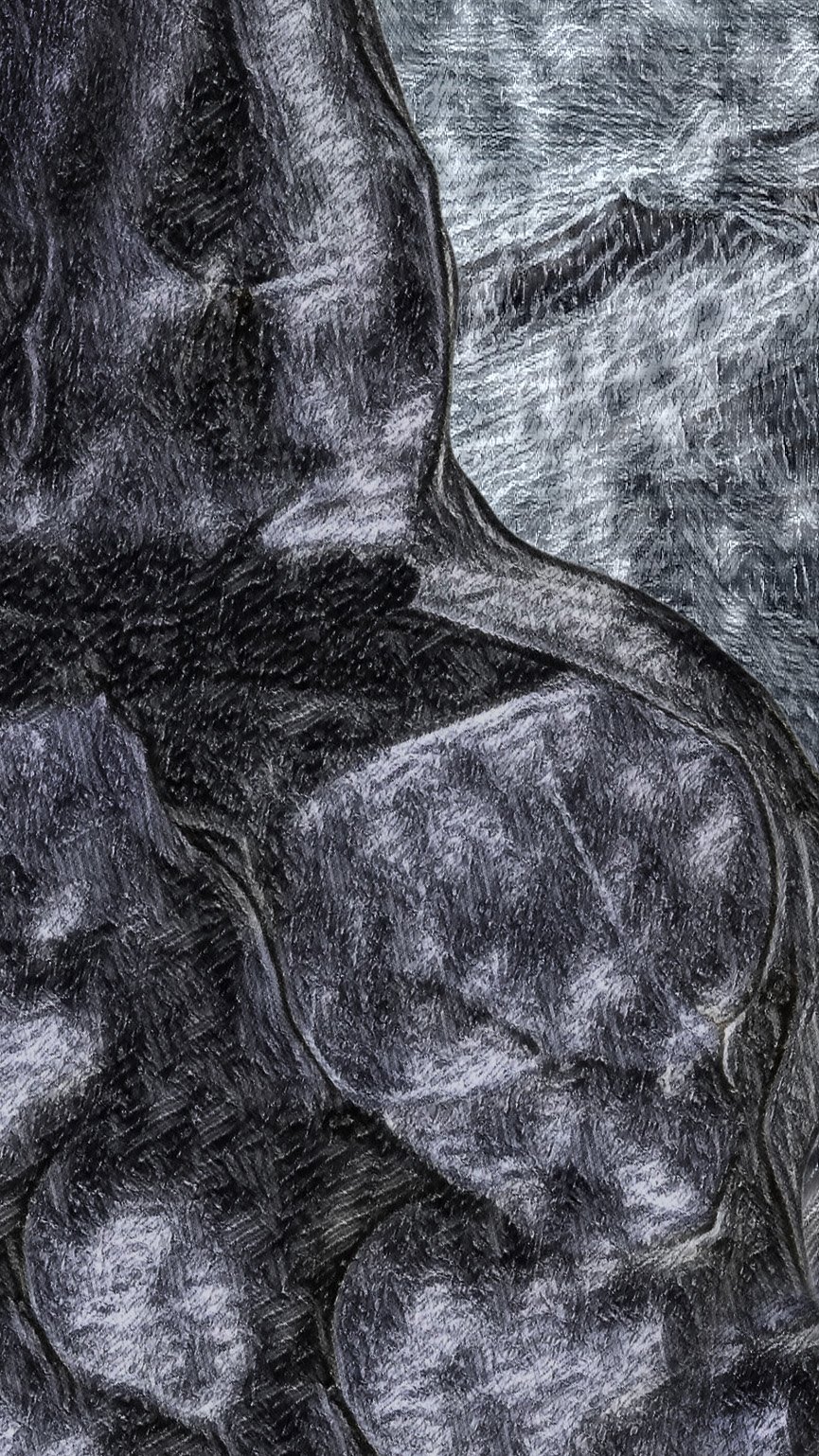A new player in the world of design - artificial intelligence
In the old approach to design, everything relied on human creativity, intuition, and manual skills. But in the digital age, where technology is infiltrating everywhere, a new player has emerged on the horizon: artificial intelligence.
What used to seem like science fiction not long ago has become a reality at lightning speed. Over the past decade, AI has undergone a massive transformation. It used to be simple tools that only worked after precise programming. Now, it can analyze, learn, and create at levels that were once reserved only for the human brain.
You probably already notice changes in your daily life. Perhaps you wonder why your Google searches are now more accurate, and your phone suggests things that truly interest you? All of this is happening thanks to artificial intelligence, gradually entering our lives and transforming them beyond recognition. However, this is just the beginning of the revolution. The whole world around us is accelerating and changing thanks to this new technology, which seems to have endless possibilities.
Artificial intelligence in design: The future of the graphics industry
AI has revolutionized the way designers approach their work. One of the most groundbreaking applications is the automatic generation of graphics. Artificial intelligence-based programs can now create logos, posters, or even website layouts based on input data and user preferences. This not only speeds up the creation process but also enables the production of personalized designs on a large scale. Other enhancements include tools for improving image quality, automatic color correction, and even the analysis of design for visual effectiveness and usability - designers can now use real-time data and analysis for faster iterations and better adaptation to user needs.
What about ethics and copyright in projects generated by AI?
In the context of artificial intelligence and its role in creating creative works, understandable concerns arise regarding copyright. Are the outputs of AI-generated work free from potential claims? This is an issue that requires attention and consideration.
Firstly, there is the question of who owns the work created by AI. Is it the creator of the AI algorithm, the operator of the AI, or perhaps the person using the AI? The lack of a clear answer poses some risk of claims, especially if the output of artificial intelligence work is being used commercially.
Next, there is the question of the authenticity and originality of works created by AI. Are these works genuinely unique and free from plagiarism? This introduces potential legal conflicts, especially if source materials are used that may infringe on copyright.
Furthermore, the emergence of artificial intelligence in the creative process raises the question of what standards and rules should apply in this area. Do we need new regulations that clearly define the rights and responsibilities associated with creating works using AI?
As this technology continues to develop and legal regulations evolve, we will need to carefully consider issues related to ownership, authenticity, and responsibility.
How AI enhances creativity and accelerates the creative process?
Artificial intelligence in design is like having a creative companion that not only relieves the burden of routine tasks but also helps you reach higher, more creative levels. The answer to the question, "Which colors and fonts to choose?" no longer needs to take hours. Thanks to AI, you can receive suggestions that surpass your expectations, based on the analysis of thousands of trends and user preferences.
However, using artificial intelligence in design is not without its challenges. There is a risk of relying solely on algorithms and losing the individual character of a project. Additionally, like any tool, AI is only as good as the data it has been trained on. Incorrect or biased information can lead to suboptimal or inappropriate recommendations.
The key is to keep AI in check and use it as an assistant rather than an oracle. Your identity as a creator is irreplaceable. Otherwise, you may end up with hundreds of projects that are the same as those created by machines. Collaboration between human creativity and the capabilities offered by artificial intelligence can lead to extraordinary results. The key is understanding the potential as well as the limitations of this technology and using it in a way that truly enriches the design process.
"Black Lalique" Project: Seeking inspiration using artificial intelligence
The "Black Lalique" project was not only an interesting challenge for us but also a fascinating journey into new possibilities. Inspired by the Caribbean Sea, we conceived the idea of creating a unique story centered around a bottle born from seawater. Our vision was clear; all that remained was to put it on paper. We decided to experiment and use generative artificial intelligence in the design process. We believed that AI would be able to understand and transform our visual concepts into reality. We chose the Midjourney service to transform our ideas into concrete images and build impressive storyboards based on them. It was supposed to be faster than traditional drawing, more flexible, and we would receive many different variations for each shot, not to mention more efficient. In theory, it sounded intriguing...
However, the process did not go as smoothly as expected. Despite providing precise descriptions and instructions, AI generated visions that often deviated from our initial intentions. Although the technology was advanced, obtaining precise results proved challenging. Surprisingly, only 15% of the materials we received were suitable for further use. We faced a dilemma - should we base the entire project on unpredictable AI results, or should we return to traditional design methods? The choice was difficult, but ultimately, we decided to combine both approaches. We continued the project using traditional techniques, relying on the solid visual foundation we had created at the beginning.
The reflection that followed this experience is clear - this technology, while promising, still has its limitations. The results we get from AI are often unpredictable. Their control is a significant challenge, making the achievement of the intended goal a more iterative process, with many trials and errors. This experience taught us patience, adaptability, and an appreciation for genuine human creativity in the world of innovation.
Summary: Is it worth investing in AI as a design tool?
Artificial intelligence has become an integral part of the world of design. With the growing importance of machine learning, AI can gather and process information at a level that until recently seemed reserved for the human brain. However, it is not an attempt to replace human creativity but rather an additional dose of support that allows designers to use their talents in a more innovative way.
Although the potential of artificial intelligence in design is enormous, we cannot ignore certain challenges. The "Black Lalique" project is an excellent example of how precise AI utilization can be difficult and simultaneously highlights the value of human intervention. In the design process, we, humans, are the captains of the ship, and AI is one of our trusted sailors who can assist but cannot independently steer the ship.
Therefore, it is worthwhile to treat AI as a useful tool that can streamline our work but not as a substitute for the entire process. We have many tools at our disposal, but our creativity and ingenuity remain crucial in the design process.
PS. To write this post, we also relied on the support of ChatGPT - how do you like it?


